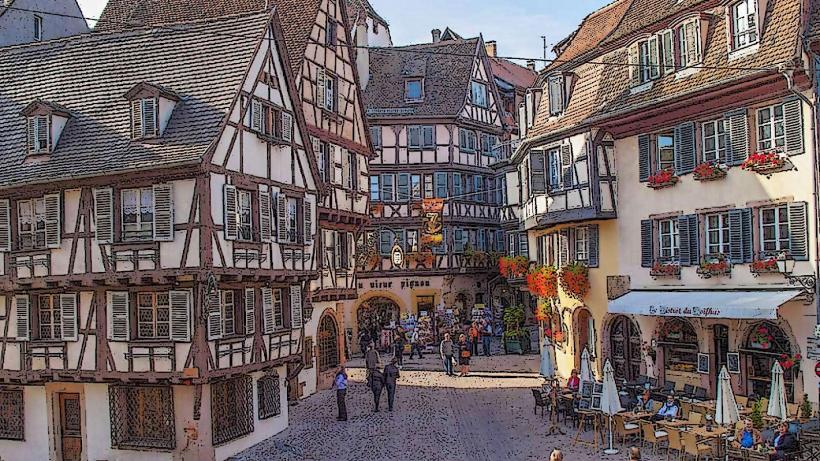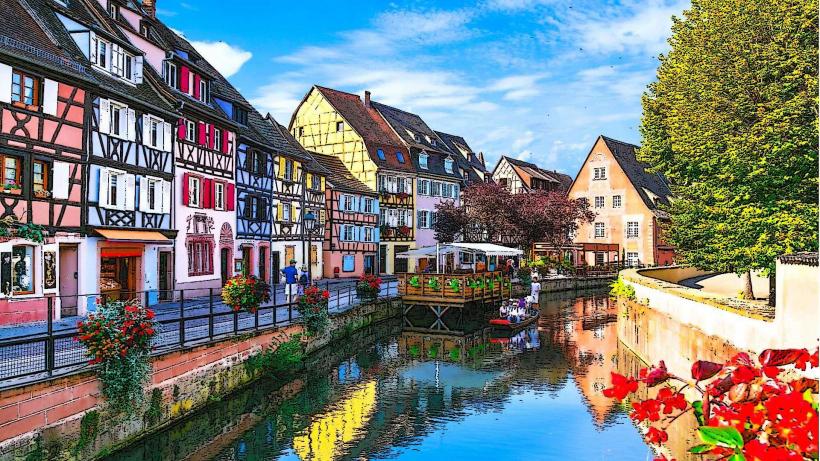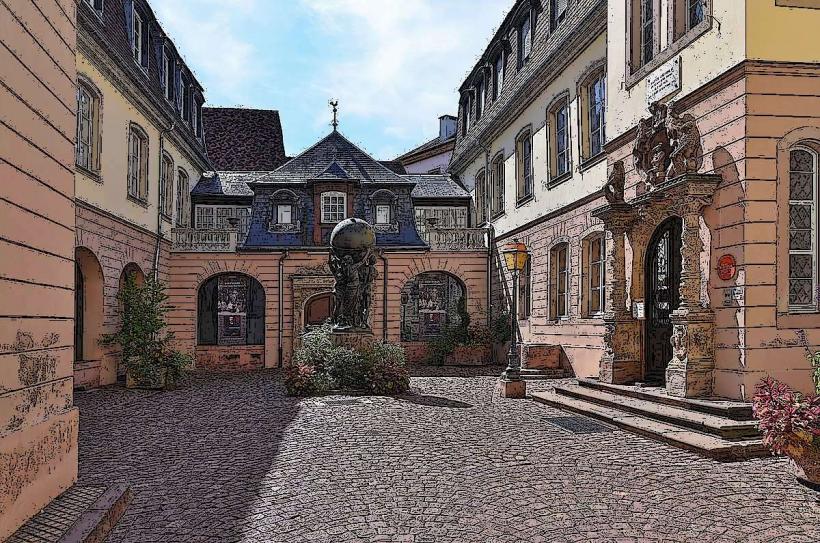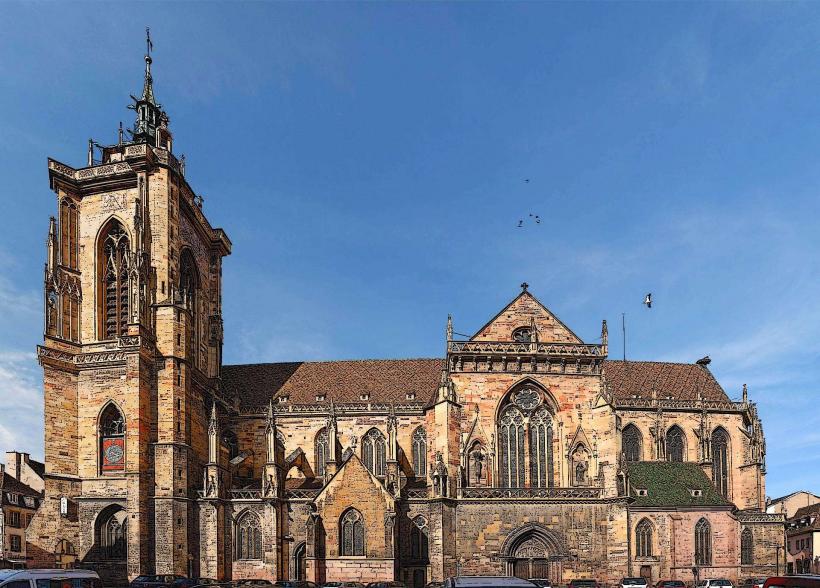Information
Landmark: Pfister HouseCity: Colmar
Country: France
Continent: Europe
Pfister House (Maison Pfister) is one of the most iconic and well-preserved buildings in Colmar, located in the heart of the old town. It is a prime example of Renaissance-style architecture and is notable for its intricate design, beautiful frescoes, and rich historical significance. The building’s unique character and architectural details make it a popular landmark for visitors to Colmar.
Key Features of Pfister House:
1. Architectural Style
- Maison Pfister is a stunning example of Renaissance architecture in Colmar, reflecting the influence of the Swiss-German Renaissance period. The house was built in 1537, during a time when the city was experiencing significant growth due to its strategic location as a trading hub.
- The building showcases an elegant blend of late Gothic and Renaissance styles, with elements such as wooden beams, ornate carvings, and elaborate facades that speak to the craftsmanship and artistry of the time.
2. Famous Painted Facade
- One of the most striking features of the Pfister House is its painted facade, which is adorned with frescoes that depict various scenes from mythology, religion, and daily life in the 16th century. These vibrant frescoes were created by the Colmar-based artist Hans Vischer, who was a key figure in the artistic scene of the time.
- The frescoes are a remarkable example of the Renaissance's interest in humanism, with images that reflect both classical antiquity and Christian themes. One of the most famous scenes is that of Aeneas, the mythical hero, which is depicted on the first floor of the building.
3. Unique Architectural Features
- The building’s balcony is another architectural feature that sets it apart. The carved wooden balcony on the second floor is supported by intricately designed brackets and features detailed sculptural motifs that are characteristic of the Renaissance period.
- The roofline is adorned with elegant turrets and gable decorations, and the windows are framed with ornate stonework, further highlighting the building’s historical grandeur.
4. The House's Name: "Pfister"
- The house is named after the Pfister family, who were merchants and patricians in Colmar. The family had the house constructed as part of their residence and business. The name "Pfister" comes from the family’s surname, which means “baker” in German, though their wealth likely stemmed from commerce and other industries.
- Over the centuries, the building has remained a prominent part of Colmar’s architectural landscape, even though it has undergone various modifications and renovations over time.
5. The Renaissance Garden
- Although the main attraction of Pfister House is its remarkable facade, the building also features a Renaissance-style garden that was designed to complement the house’s architecture. The garden is meticulously maintained and offers visitors a glimpse into the types of gardens that were popular during the Renaissance era. It is a tranquil spot where visitors can take a break from the busy streets of Colmar and enjoy the beauty of nature.
6. Historical Significance
- Maison Pfister is not only an architectural gem but also an important historical site. The house stands as a symbol of Colmar’s prosperity during the 16th century, when the city was a flourishing center of trade and art. Its construction reflects the wealth and status of the Pfister family, who were prominent members of the city’s merchant class.
- The house also showcases the city’s artistic influence during the Renaissance, particularly in the realm of architecture and painting, and provides valuable insight into the cultural heritage of Colmar.
7. A Popular Tourist Attraction
- Today, Maison Pfister is one of the most famous landmarks in Colmar, attracting visitors from all over the world. Its fascinating blend of architectural styles and artistic details make it a must-see for anyone exploring the historic center of the city.
- While the house is not always open to the public for interior tours, visitors can admire the building’s exterior and enjoy its artistic details and historical significance from the outside.
8. Cultural Symbol
- Pfister House is a symbol of Colmar’s cultural richness and artistic achievements. It has become an emblem of the city’s Renaissance past, representing the city’s role in European art and culture. Its decorative motifs, frescoes, and sculptural elements highlight the fusion of local and wider European artistic movements during the 16th century.
Conclusion
Maison Pfister is an iconic and beautiful example of Renaissance architecture in Colmar, standing out with its frescoed facade, elegant balcony, and rich historical significance. It provides a window into the artistic and cultural world of the 16th century and remains an important part of Colmar’s architectural heritage. Whether you are a lover of art, architecture, or history, a visit to this striking building is a must when exploring Colmar's Old Town.






